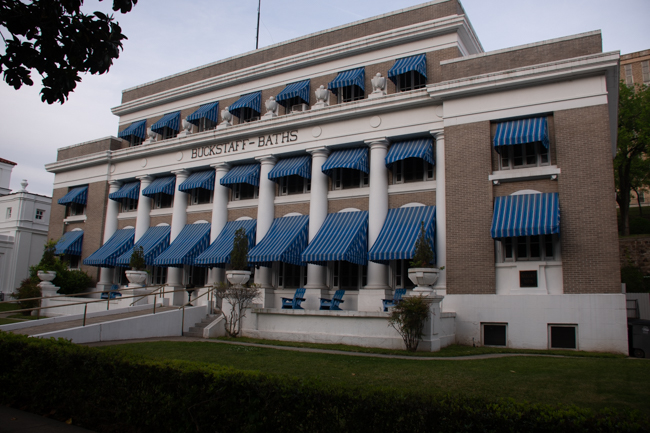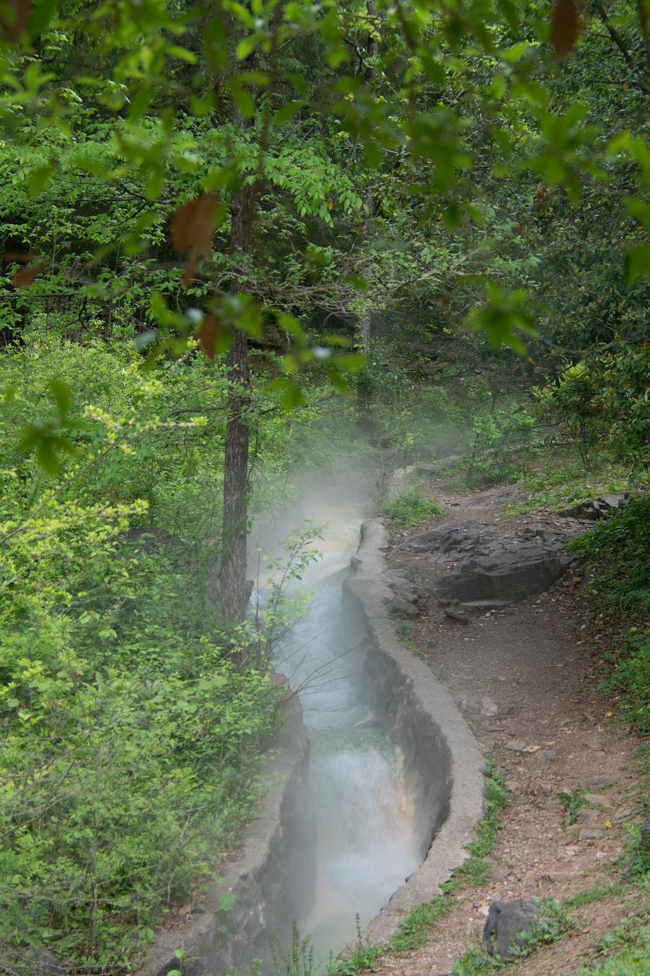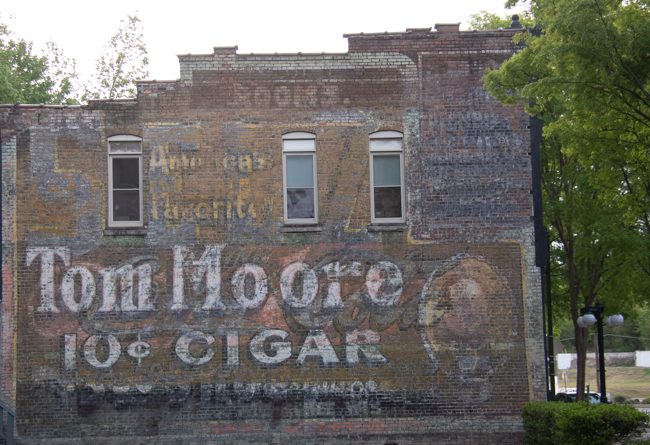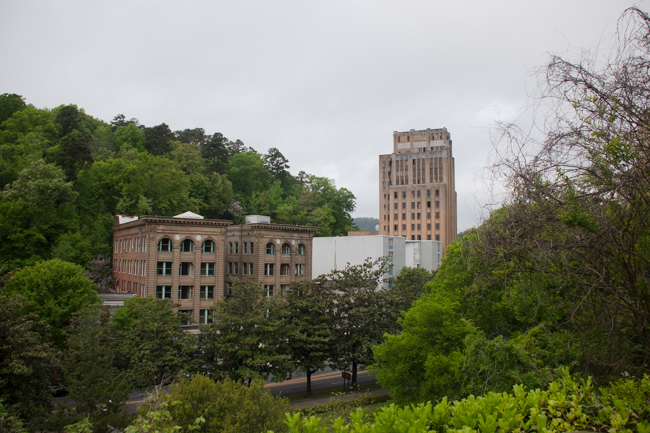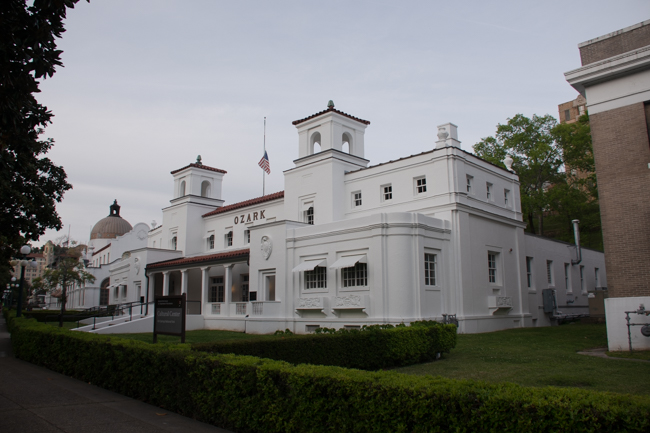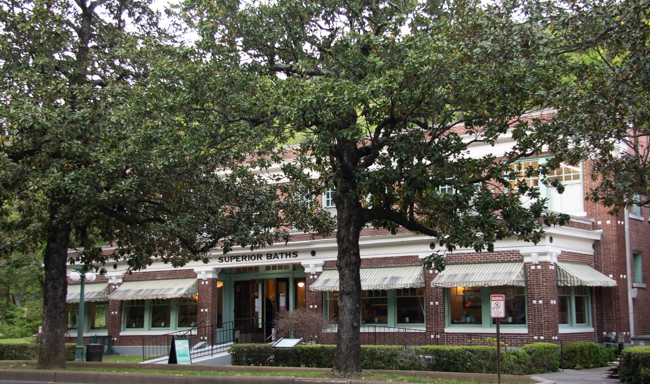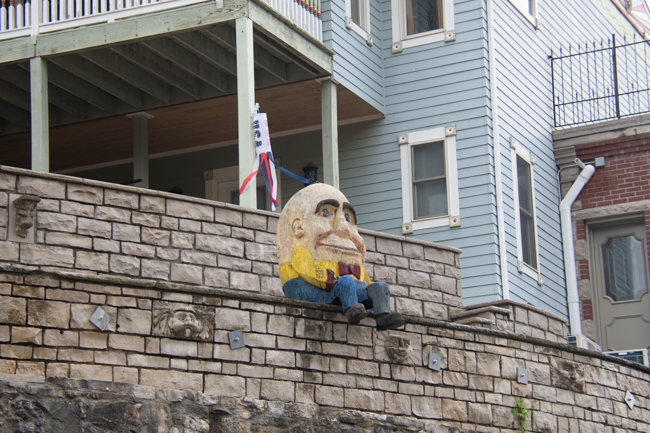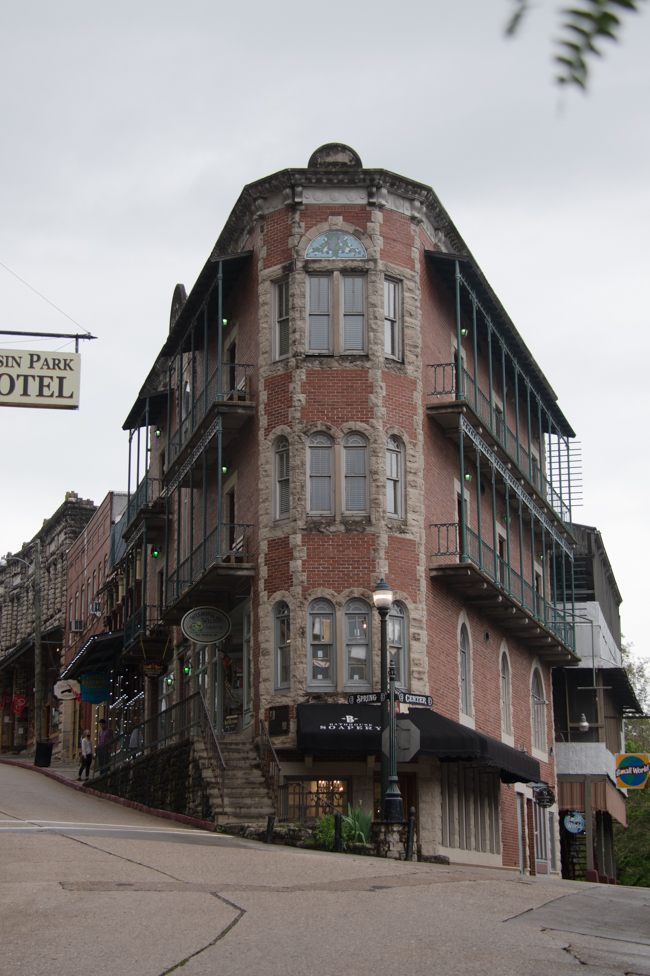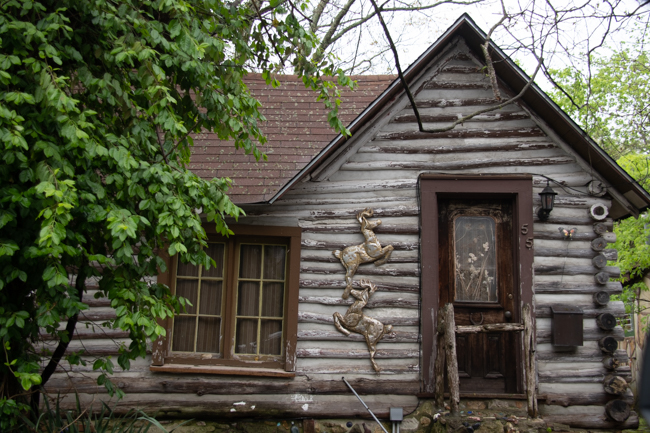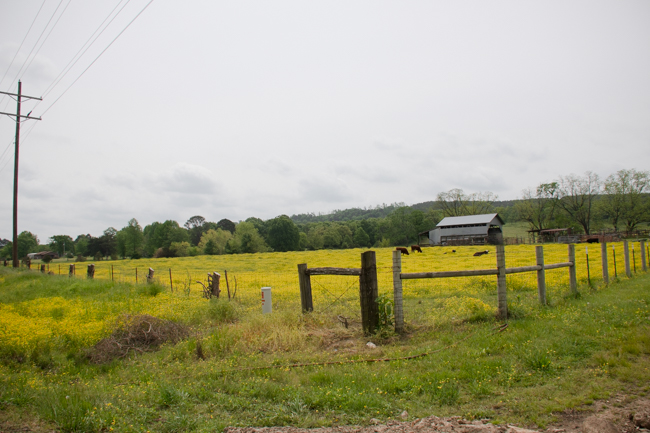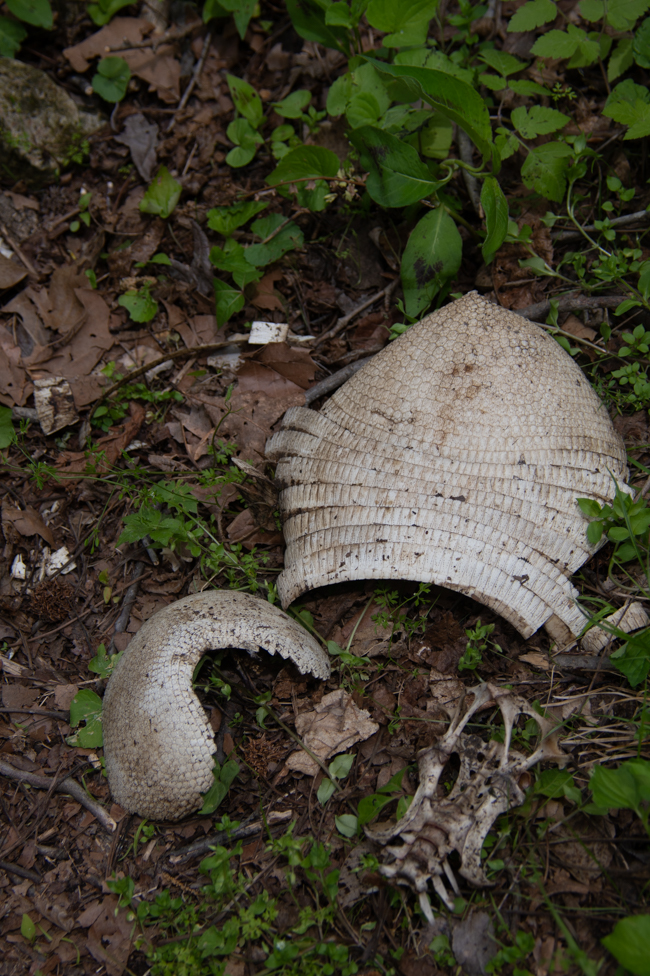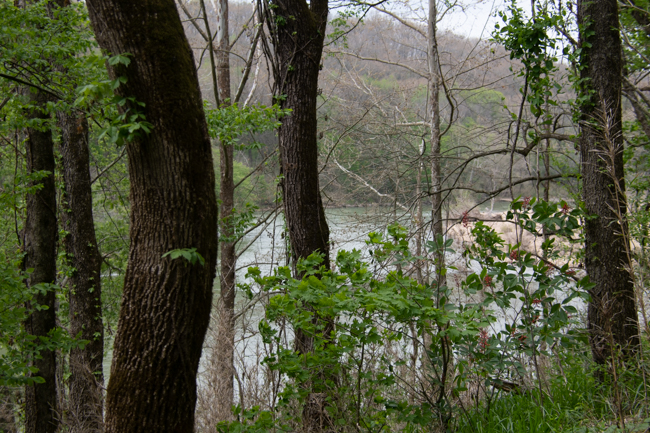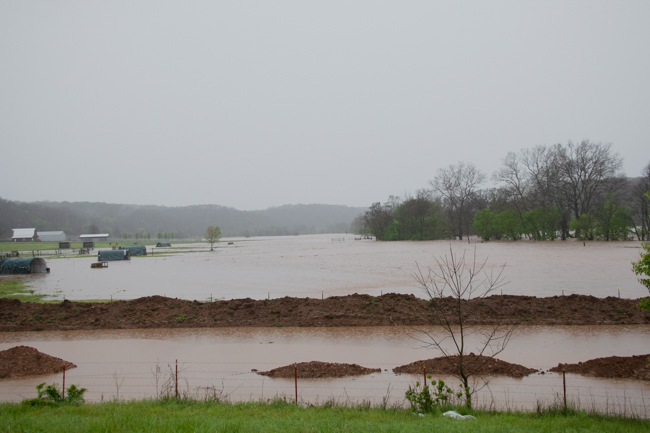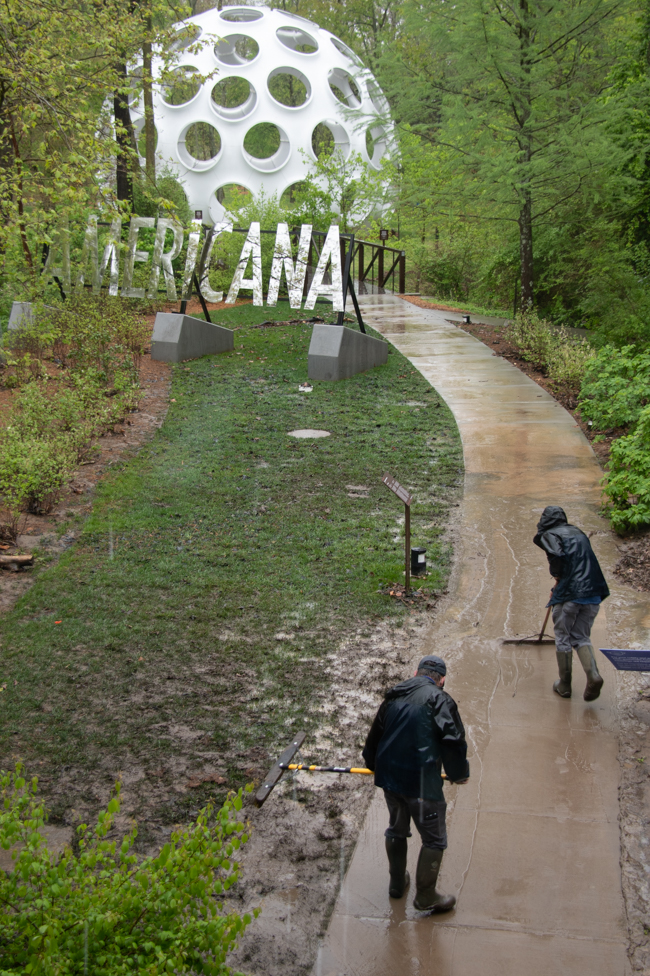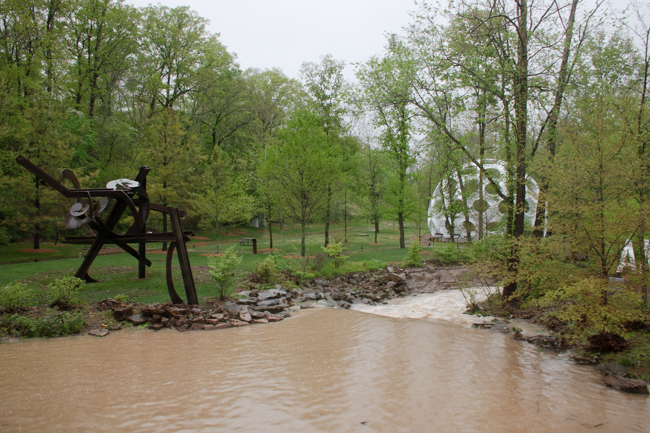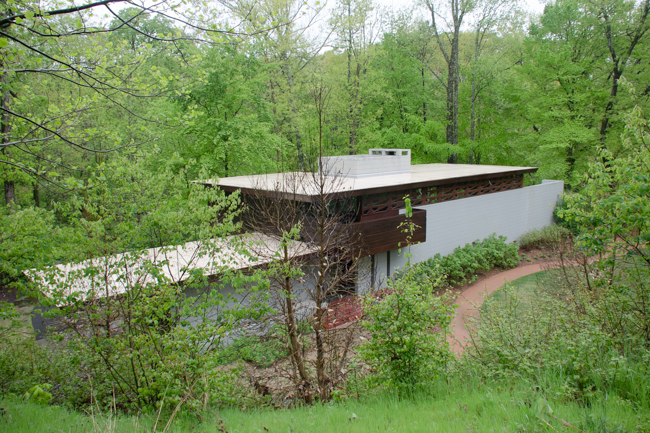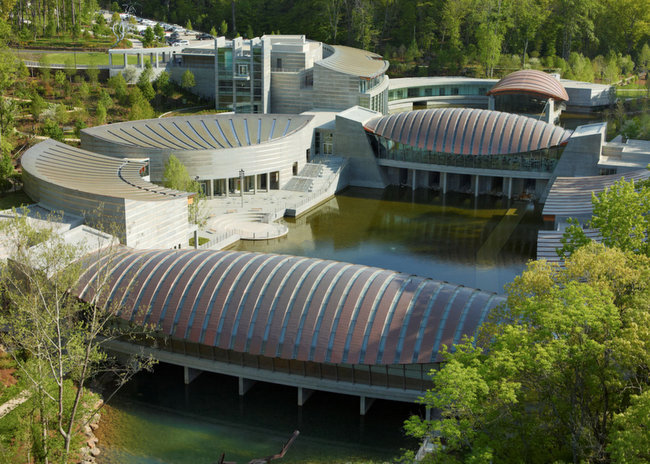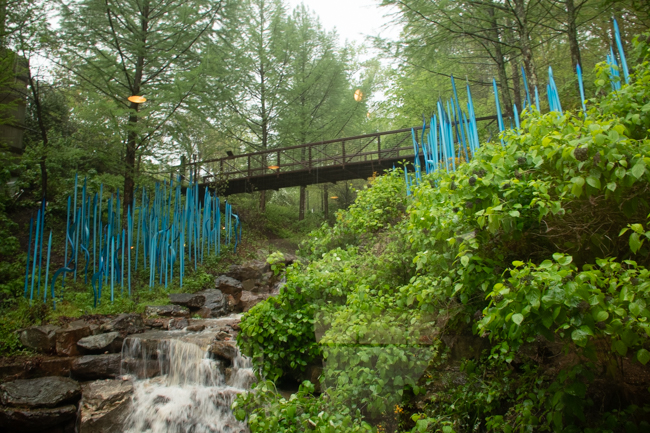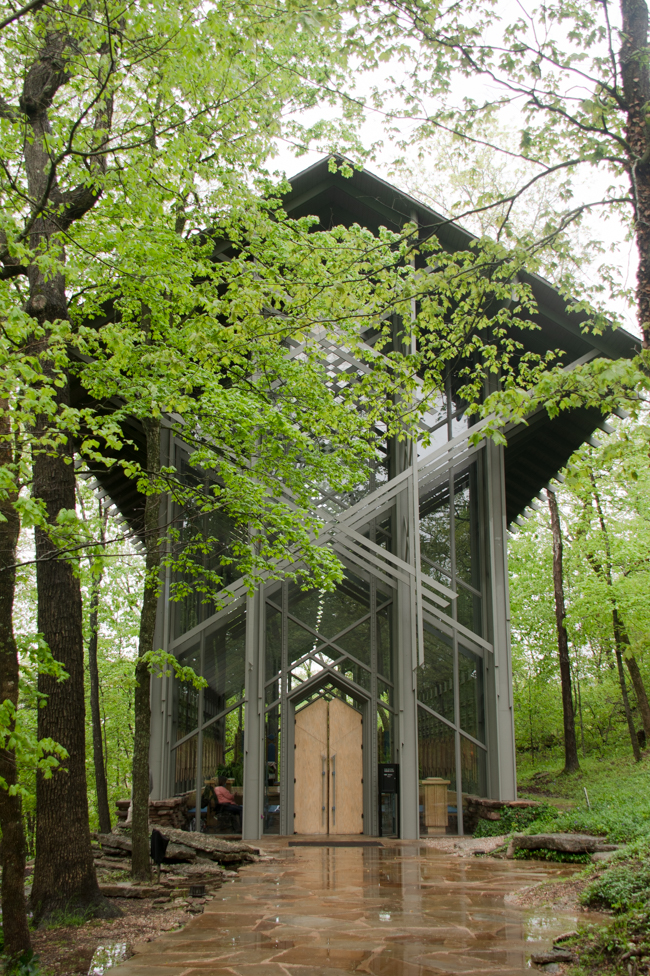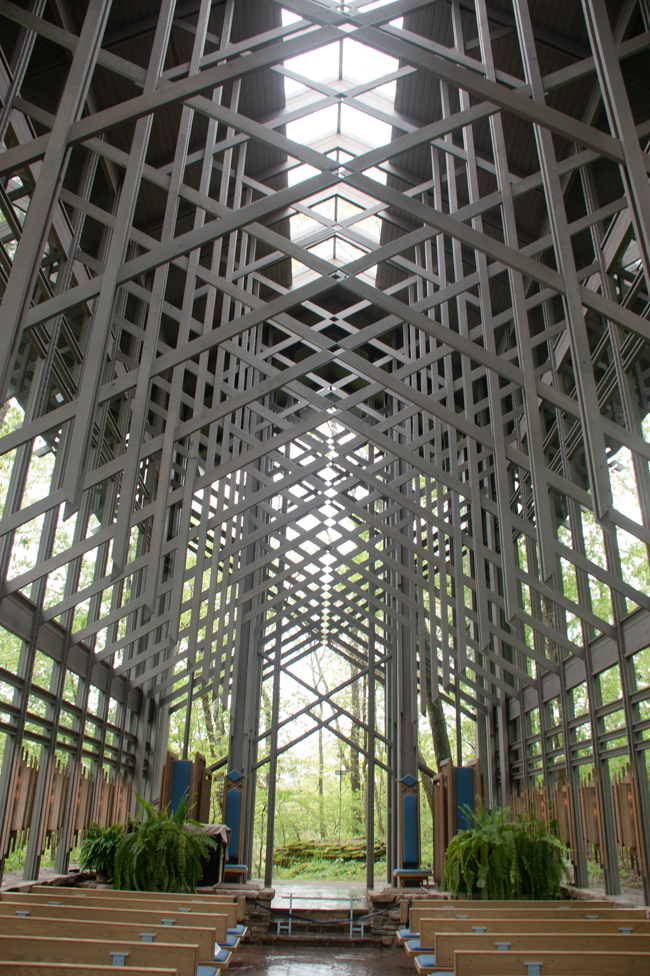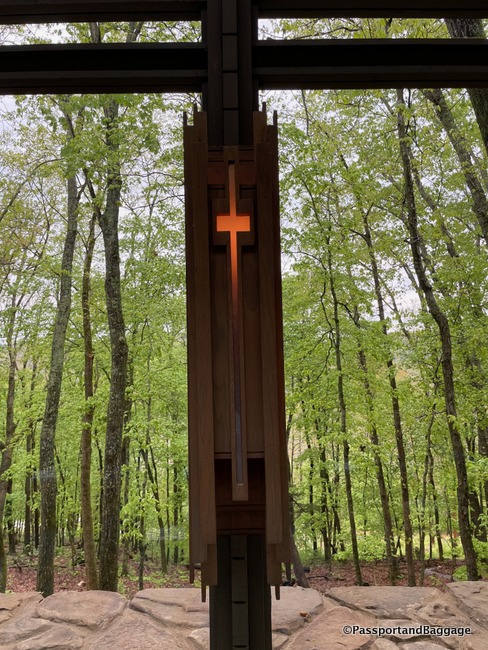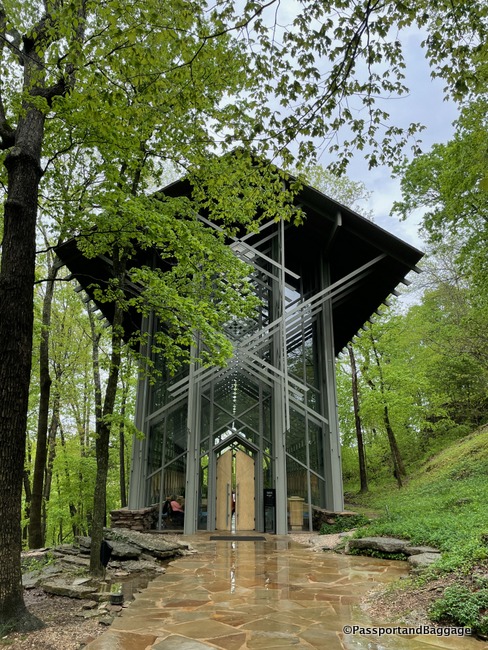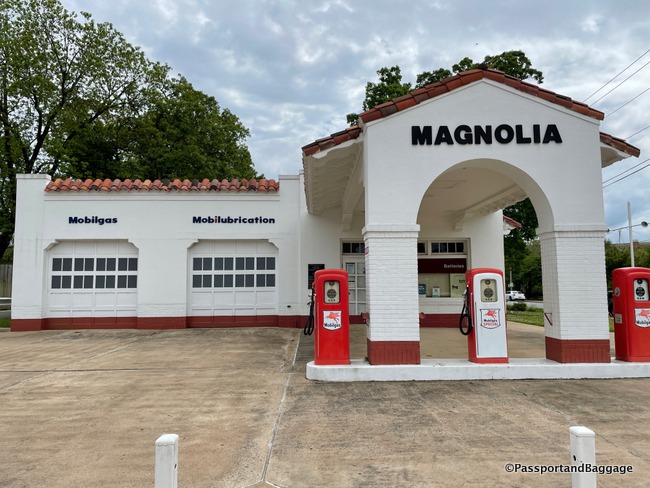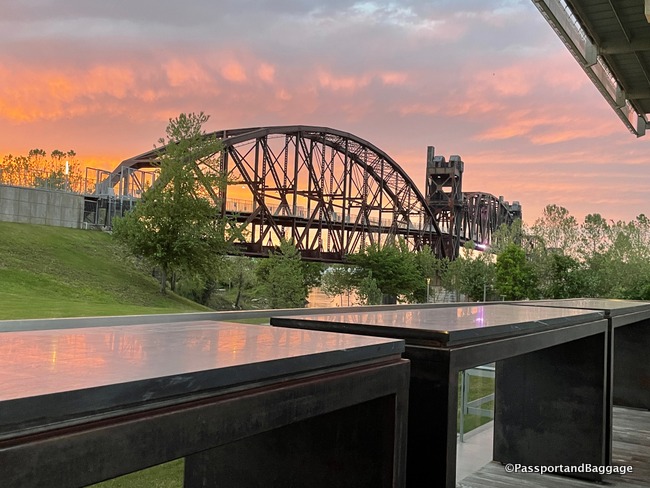April 2021
Hot Springs, Arkansas, has a very rich history. It gets its name from the natural thermal spring waters that flow out of the ground at an average temperature of 143 °F, producing almost one million gallons of water each day. Water flowing from the springs today fell as rain when Egyptians were building the pyramids.
Native Americans called this area “the Valley of the Vapors,” and Spanish and French settlers claimed the area in the mid-1500s.
In 1832, President Andrew Jackson declared Hot Springs as the first federal reservation essentially making Hot Springs the US’s first national park, but without the official designation.
Over time the area grew to be an elegant spa city centered on a row of Victorian-style bathhouses. Hot Springs Reservation became Hot Springs National Park in 1921.
From the late-1800s through the mid-1900s, with its heyday in the 1930s, Hot Springs was a hotbed of mob activity and a popular hangout for Al Capone, Frank Costello, Bugs Moran, Lucky Luciano.
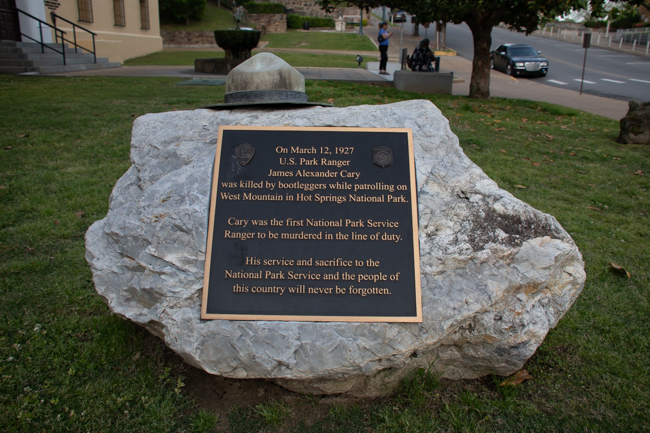
On Mach 12, 1927, US Park Ranger James Alexander Cary was killed by bootleggers while patrolling on West Mountain in Hot Springs National Park. Cary was the first National Park Service Ranger to be murdered in the line of duty.
Mob activity came to an end in the 1960s, due to a federal crackdown on what the government called “the site of the largest illegal gambling operation in the U.S.”
After a 400 mile drive, as we entered the park, we read the guide book stating “don’t go out of your way to visit the Hot Springs”
It is a strange park. It is the smallest national park, formed around a natural resource that is used for commercial purposes. The commercial strip is the entry of the park with one side belonging to the park and the other being privately owned. The town has fallen on very hard times, with many abandoned buildings and a grand hotel, that sits on National Park land, in dire need of love and attention. Only two baths still operate as they once did. Sadly they had very limited hours during COVID, but the architecture of each of the remaining buildings are worth a slow stroll through town.
An odd little tidbit this San Franciscan found fun: Before Tony Bennett was to perform his famous song I Left My Heart in San Francisco he rehearsed the song at the Vapors in Hot Springs. Nobody was around except for the bartender who was setting up for the night. After hearing the song, the bartender told Bennett and his accompanist, “hey guys, if you record that song I’ll buy a copy.”
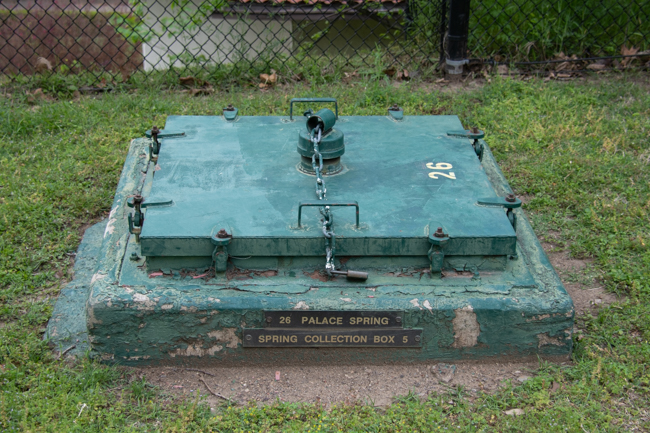
These green boxes can be found all along the Grand Promenade. They surround individual springs to protect the quality and help regulate the water. Some springs are hotter than others, some have more flow, and some are prone to temporary dips in temperature due to rainfall.
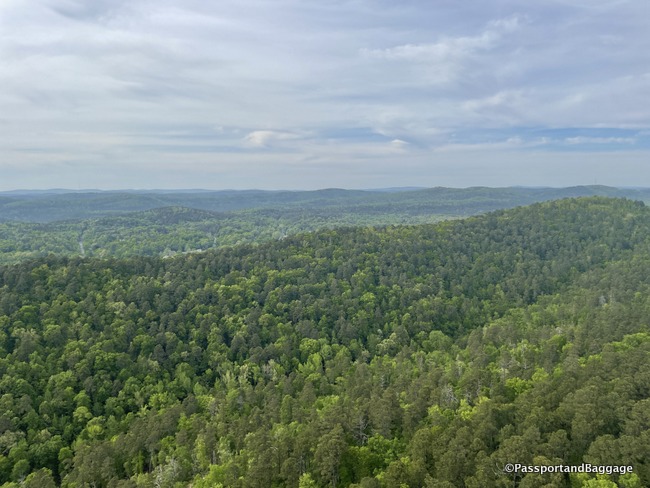
View from the Hot Springs Mountain Tower observation deck which puts you 216 feet in the air or 1,256 feet above sea level.
